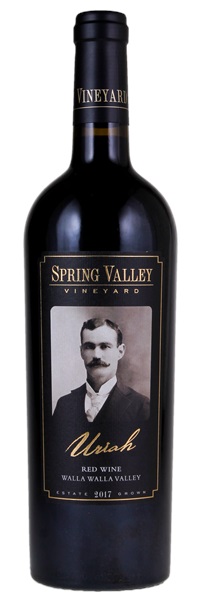Estimate

...expressive blueberry and black cherry flavors laced with bitter mocha, tobacco and spice notes, finishing with fine-grained tannins.
Dark, perfumed aromas of blueberry, blackberry, boysenberry, bitter chocolate and black pepper. Rich, broad and seamless, boasting lovely retention of dark berry fruit complicated by spices, peppery herbs and flowers...shows plenty of tannic spine and terrific rising length. Very classy, juicy, savory and bright.
Plums, cherries, cloves, dried herbs and spices on the nose. It’s full-bodied with fine-grained tannins. Plush and rounded with sweet spices on a supple finish.
...aromas of dusty earth, raspberry and orange peel. Smooth, velvety flavors follow...lots of class and sophistication.
...offers aromas of dusty cherry skin, black plum, crème de cassis and hints of dusty leather. Medium to full-bodied, sensations of juicy plum compote, blackberry skin and bitter dark chocolate sway across the palate with elements of cedar and dried tobacco before showing dusty, fine-grained tannins that linger onto the finish.